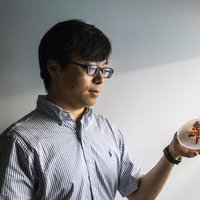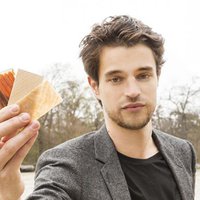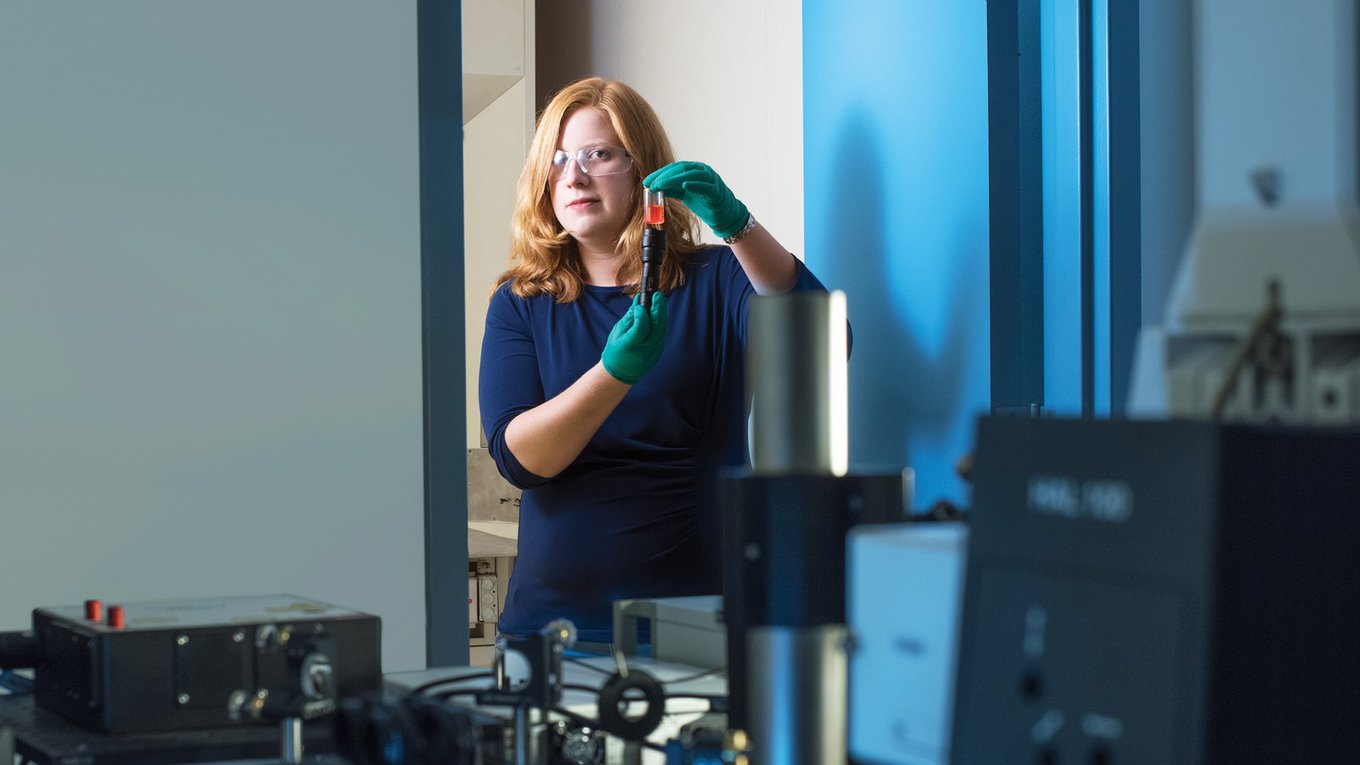Nanotechnology & materials
Vivian Ferry
She uses nanocrystals to trap light and increase the efficiency of solar cells.
Photo by Hunt and Capture

Asia Pacific
Madhu Bhaskaran
Transparent Wearable Devices

Global
Yihui Zhang
Pop-up nanostructures make it far easier to fabricate very tiny shapes.

Asia Pacific
Javier Gomez Fernandez
Shrilk and Bioinspired Materials: The Future of Sustainable Manufacturing

Europe
Timothée Boitouzet
Translucent wood: a resistant and sustainable material for constructing the buildings of the future
